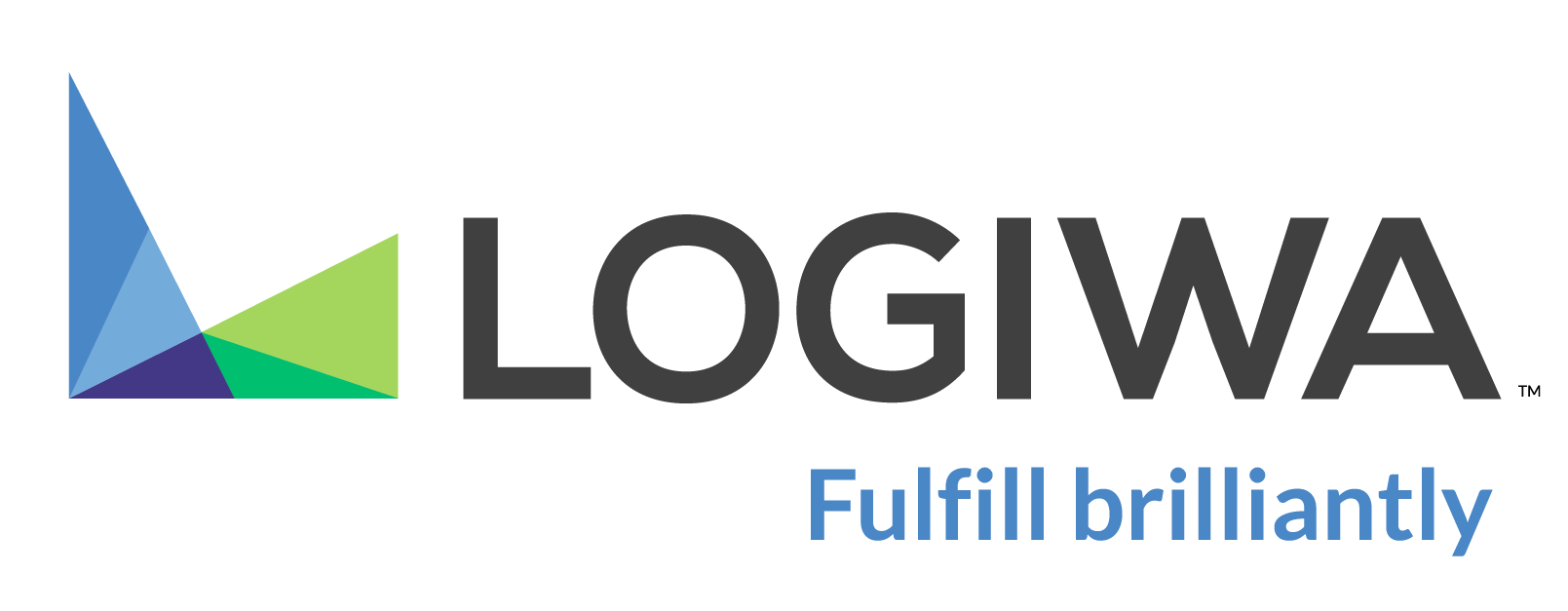Your warehouse seemingly grew overnight. What was once the logistics hub for a few brands now has a whole array of customers, and you’re struggling to keep up with the sheer volume, mainly because of outdated software.
If this scenario sounds familiar, it’s definitely time for a new warehouse management system (WMS)—but which one should you choose? And what WMS software cost structure fits best with your business?
Software as a subscription (SaaS) models benefit from frequent updates and technology advances that provide a competitive advantage. If you haven’t already, you’ll quickly learn that WMS use one of two software pricing models: volume-based and per-user. We believe volume-based pricing models like Logiwa IO make the most financial and operational sense for growing warehouses.
Contents
Understanding WMS pricing models
We’ll look at two primary pricing models to consider when shopping for a new WMS. Here’s how each one works.
Traditional per-user pricing for WMS
The pricing of this model depends entirely on the number of users who have accounts with the system. As you add more users, your monthly costs increase. Conversely, they drop when fewer users have access to the WMS.
A per-user pricing model might appeal to smaller warehouses with few employees. But issues arise when you try to scale. If you double the size of your warehouse or expand to new locations, your WMS costs can increase exponentially.
Another issue is productivity. With a per-user pricing model, WMS vendors have little incentive to implement new features that streamline warehouse processes. This can actually reduce a warehouse’s operational efficiency since not all workers may not have access to the system.
Volume-based pricing model
Under this type of WMS pricing model, you pay based on order levels. User accounts are not limited; your monthly bill depends on transaction volume (the number of orders processed).
This pricing model has positive consequences for WMS vendors and their customers. The WMS provider is incentivized to expedite warehouse activities with advanced features that optimize throughput. As warehouse volume increases, so does WMS usage.
Logiwa IO’s Fulfillment Management System (FMS) uses a volume-based pricing model. We’ve found that this strategy empowers all warehouse workers to use the system, boosting collaboration and eliminating the bottlenecks commonly associated with user-based WMS systems.
Limitations of per-user pricing for WMS
There are several pitfalls associated with adopting a WMS that follows per-user pricing.
Operational Bottlenecks Due to Limited User Access
If the WMS is only available to a handful of workers, a large portion of your team may rely on those with access.
The results of this scenario will depend on how busy your warehouse is. If your team has a constant stream of incoming orders and shipments, waiting for an approved user to print out the details and shipping labels can be a massive headache. Workers dependent on a staff member’s availability may wait long periods to receive their next order.
Financial Challenges During Business Growth
A per-user pricing model can actually hinder warehouse growth. As expansion occurs, you may need to hire more workers and grant them access to the WMS, increasing your monthly system costs.
And what about warehouses that experience peaks and lulls? Keeping the same number of WMS users during less busy periods might not make sense. But if you suddenly increase your user base around peak season, it can cut into your budget. Unless you actively plan for that, the WMS may wipe out some of your anticipated profits.
Misalignment Between Costs and Revenues
With a per-user WMS, you pay the same amount regardless of how busy your warehouse is. If you have a few slow weeks, you’re still on the hook for system costs, even if your staff barely used the platform.
That’s a problem for growing warehouses, especially those just starting. If you’re stuck with a flat monthly fee even though you only have a handful of clients to serve, it detracts from other value-added costs, such as marketing, that can help you grow the business.
Advantages of volume-based pricing for WMS
A WMS that follows a volume-based pricing model provides several key benefits.
Scalability and flexibility
With volume-based pricing, WMS costs rise in tandem with order volume. If warehouse operations accelerate for peak season, you can expect extra costs for running the WMS. But once orders return to their normal level, WMS pricing does, too. It’s a simple way of pricing that reflects warehouse operations’ actual peaks and troughs.
Enhanced operational efficiency
With volume-based pricing, WMS providers are incentivized to optimize features that boost fulfillment center performance. The more efficient a warehouse is, the greater its order capacity, which boosts WMS usage. We estimate that fulfillment centers using a WMS that follows a volume-based pricing strategy—like Logiwa IO—see productivity increase by as much as 25%.
Those productivity gains translate to lower operational costs. Fulfillment center staff may spend less time on tasks the WMS can handle, such as selecting the most cost-efficient carrier or optimizing picking orders. That can reduce your employee and overtime expenses.
Alignment of costs with revenue
A WMS that follows volume-based pricing ties actual orders to system costs. Fulfillment centers pay more when order levels rise and less when they decline. The cost aligns directly with revenues. That streamlines financial planning processes because you can tie WMS expenses with each period’s expected order levels.
Encouragement of system utilization
Volume-based WMS pricing eliminates hidden costs associated with adding new users. All fulfillment center employees can obtain and use an account when necessary, so you won’t need to worry about unexpected hidden charges when adding a new user account.
Greater access to the WMS empowers your workers. They won’t have to rely entirely on other team members to pull the information they need to do their job.
Unlock a personalized tour of Logiwa IO
Considerations when choosing a WMS pricing model
Here are a few factors to consider when deciding which pricing structure is right for your organization.
1. Business size and growth projections
Fulfillment centers poised for rapid growth will benefit from volume-based pricing. This type of pricing emphasizes operational efficiency and scalability. While higher costs can be expected as orders grow, the WMS vendor has an incentive to provide features that optimize tasks.
2. Operational complexity and user needs
Fulfillment centers with intricate operations need tools that streamline their processes. For example, a 3PL provider that ships D2C items may struggle with shipping cost optimization. A WMS can resolve the issue by selecting cost-efficient carriers based on the client’s address.
3. Transaction volumes and seasonal variations
Does your fulfillment center see lots of order fluctuation throughout the year? If not every team member can access the WMS, user-based pricing may cause bottlenecks in order processing.
Purchasing extra user licenses may not be worth the additional expense, as you’ll be stuck with higher costs once the peak ends.
A WMS with volume-based pricing can eliminate bottlenecks caused by system access limitations. Warehouse managers can create accounts for the entire team so anyone can retrieve the information they need to pick and pack an order. And the system prioritizes efficiency, so your staff benefits from quicker picking and packing times.
Explore volume-based pricing for your WMS
Scalable WMS solutions make sense for fulfillment centers focused on growth and operational efficiency. Under this pricing model, your WMS expense aligns with order volume. Warehouse managers can empower their entire team to use the system rather than restricting access to a few staff members in an effort to mitigate costs.
Interested to see how Logiwa IO can benefit your warehouse? Schedule a demo with our team today!





